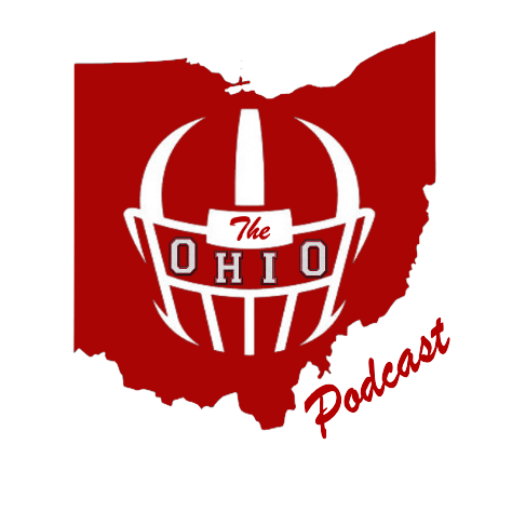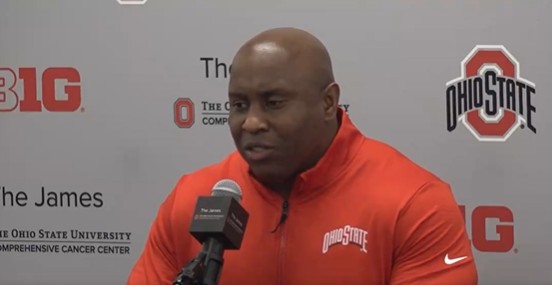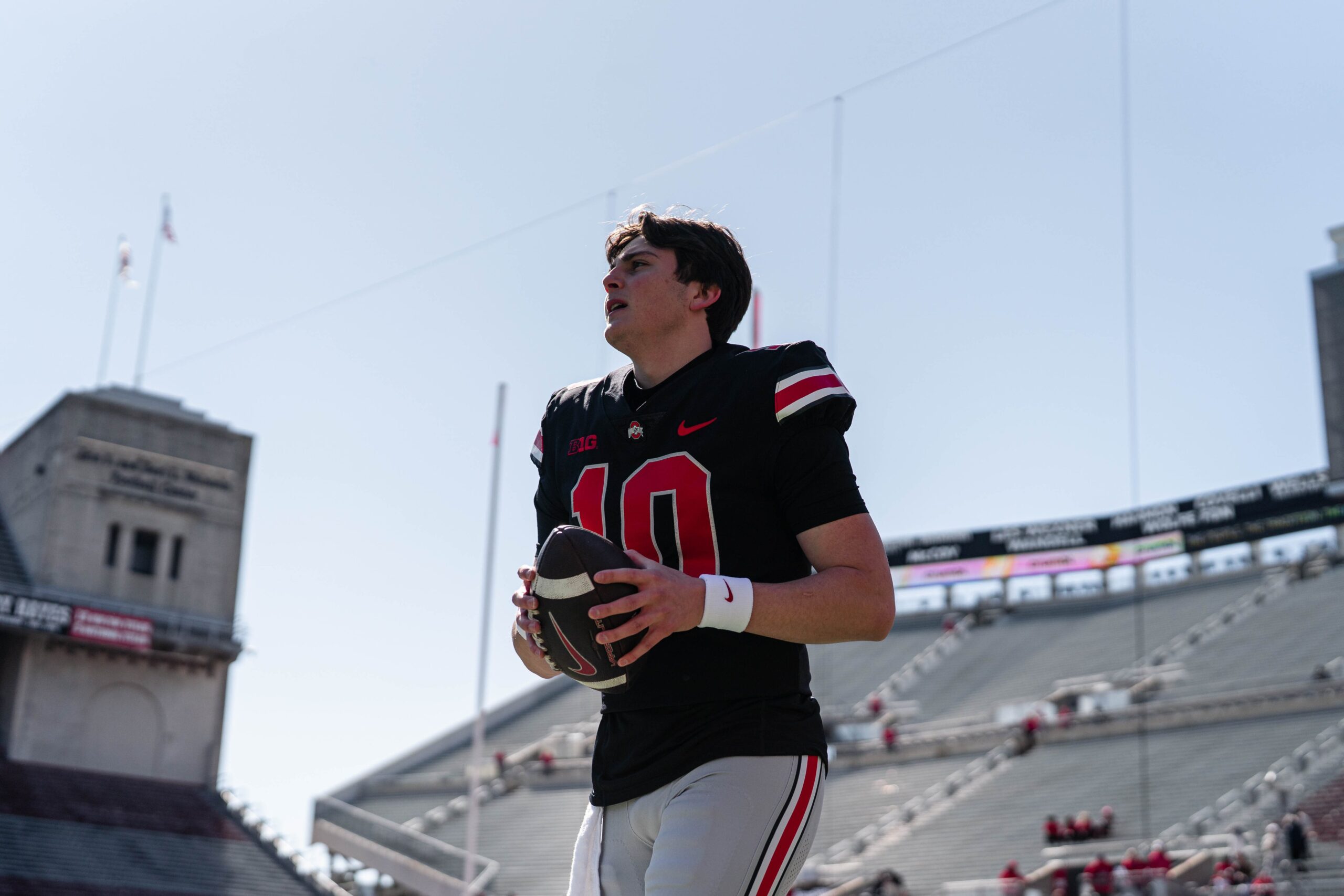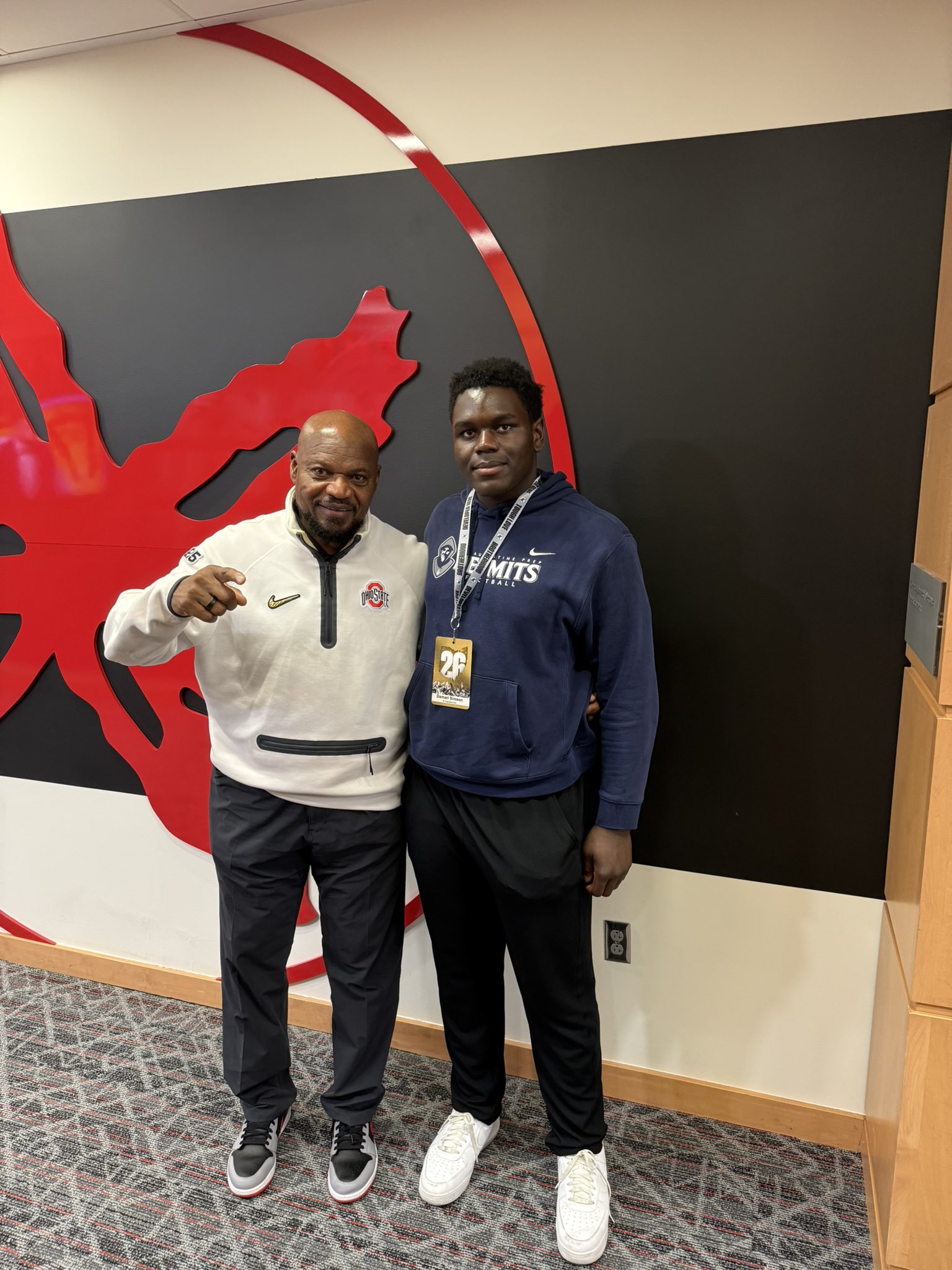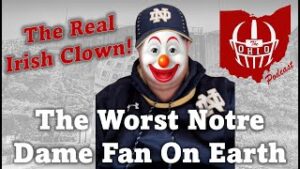
The Ohio State University began competing in collegiate football beginning in 1890. Over the course of the last 134 years, 25 coaches have combined to amass an impressive record of 964 wins, 333 losses, adding 53 ties. They have an all-time bowl record of 26 wins and 29 losses. The Buckeyes claim eight national titles, those titles coming in 1942, 1954, 1957, 1961, 1968, 1970, 2002, and 2004. They have won forty-one conference titles – two in the Ohio Athletic Conference and thirty-nine as a member of the Big Ten. The Buckeyes have also produced 93 consensus All-Americans, and seven Heisman Trophy winners including the only two-time winner in the award’s illustrious history. Such success says a lot about the program’s strength, stability, and tradition. It also speaks volumes about the coaches, and the culture established and continued by each. This would beg the question – Who is the greatest coach in Ohio State football history?
If you ask most Buckeye fans, they will immediately go to Woody Hayes. Hayes was the embodiment of the spirit of Buckeye football. His passion, determination, and competitive nature were unmatched. He was and always will be my personal choice, but I wanted to look deeper. To answer this question, one must consider factors such as the number of overall wins, losses, and winning percentage. I applied these same categories to the conference as well calculating wins, loses, and winning percentage. I also applied this regarding success versus That Team Up North. I then considered conference titles and national championships. In each category all coaches were ranked 1-25. Then I added a bonus point for each Heisman Trophy winner a coach had on his roster the year he won the award. I then assembled the following top 10 coaches in Ohio State History (spoiler alert – despite having 5 National Championships and the adoration of all of Buckeye Nation Woody Hayes is not #1 based on these metrics).
10. Paul Brown (148 points):
It may seem blasphemous to some that an Ohio native responsible for not only bringing Ohio State it’s first national title, but also played a key role in both professional football franchises in the state, would be ranked this low. Honestly, I was a little shocked myself. However, despite having the Buckeyes 1942 National Championship to his credit, Brown had some less than impressive stats to his credit. He has a respectable .685 winning percentage overall but was only 9-6-1 in the conference over a three-year tenure. He also only went 1-1-1 versus their archrivals. Paul Brown played a huge role in the game of football in the state of Ohio, but he only ranks as tenth on this list.
9. John Cooper (151 points):
Coach Cooper’s time in Columbus was marked by underachievement. He had very talented highly rated recruiting classes that often failed to close out the season strong. Cooper had the second longest tenure of any Ohio State with 158 games. He has a respectable .715 winning percentage overall, but that drops below .700 versus Big Ten opponents, specifically versus Michigan against whom he has a 2-10-1 record. His bowl record is also rather dubious at only 3-8. In 13 seasons, despite often having the nation’s best talent, he only achieved double digit win totals five times. Cooper’s legacy in Columbus will forever be one of mediocrity and disappointment.
8. Howard Jones (150 points):
Howard Jones only coached the Buckeyes for one season in 1910.During the year he went 6-1-3 over his ten games. Jones biggest win was a draw, a 3-3 tie with the hated Michigan Wolverines. This tie still left the Buckeyes winless in the young series, but he did improve their record up to 0-10-2 versus That Team Up North. Jones .750 winning percentage still is eighth best among Ohio State Head Football coaches 114 years later.
7. Francis Schmidt (162 points):
Francis Schmidt coached the Buckeyes for seven seasons between 1934 and 1940. He had an overall winning percentage of .705, and a winning percentage of .763 against the Big Ten conference. He was 4-3 overall versus Michigan including a 34-0 victory over the Wolverines in 1934. This was the largest win over their archrival to date. Schmidt led the Buckeyes to two conference championships in his 7 years at the helm.
6. Earle Bruce (170 points):
Earle Bruce led the Buckeye football squad from 1979–1987 following in the footsteps of the beloved Woody Hayes. He ranks in fifth in games coached at Ohio State with 108 and had an overall record of 81-26-1. He had a very respectable .770 winning percentage against the Big Ten conference and owns a 5-4 record versus Michigan. In his nine seasons, Bruce won four conference championships. He led his teams to eight bowl games in nine years including two appearances in Pasadena for the Rose Bowl. In October of 2016, Bruce was honored by the university and dotted the “I” in the Script Ohio at half time of the Ohio State versus Rutgers matchup in Columbus. Bruce is one of only two former coaches ever bestowed this honor.
5. Ryan Day (177 points):
Ryan Day has been the head coach of the for the last six seasons, and in that time, he has become one of the most successful coaches in team history. He has an overall record of 56-8. He ranks both sixth in the number of wins and sixth in career losses among Buckeye coaches. His .875 winning percentage is top 3 with only Urban Meyer and Carroll Widdoes ranking higher. He has two Big Ten titles to his credit, and in 2019 he became the first Buckeye coach in four decades to win the Big Ten Coach of the Year Award. Day has two major obstacles preventing him from being ranked higher – first, he is 1-3 versus Michigan. When three of the factoring categories are wins versus TTUN, loses versus TTUN, and winning percentage versus TTUN 1-3 just isn’t going to win you anything. Second is his 2-4 bowl record. Day has struggled versus top ten teams only going 8-8, and 2-5 against top five opponents. If Day wants to cement a legacy as one the greatest Buckeye coaches of all-time, this must improve.
4. Carroll Widdoes (183 points):
Carroll Widdoes was only the top guy at Ohio State for two seasons from 1944-1945, but in those two seasons he went 16-2, won the Big Ten Conference in 1944 with a record of 9-0, and finished ranked #2 in the nation for which he was the AFCA Coach of the Year in 1944. His .889 winning percentage is second all time. Widdoes was the head coach of the university’s first Heisman Trophy winner – Les Horvath.
So, to this point, I have no complaints about the algorithm used to calculate the placement of the coaches, but now things get a little dicey.
3. Woody Hayes (195 points):
In my estimation Woody Hayes is the standard by which all Buckeyes are measured. His five national titles are first among Buckeye coaches, as are his 13 conference championships, and three Heisman winners. No one has coached more games for the Scarlet & Gray than Hayes. He is first in total wins, conference wins, and wins versus Michigan, so how can he not be #1? The issues of longevity. While he has the most wins, he also has the most losses – overall, in conference, and versus Michigan. He ranks only sixth in overall winning percentage and conference winning percentage. In my opinion, rating Hays three is absurd, he did more for Ohio State football than any coach in history, but that is what the numbers say.
2. Jim Tressel (206 points):
If Woody did more for Ohio State football than any other coach, it is hard to argue against Jim Tressel as number two in that category. The “Sweater Vest” brought Ohio State back from the abyss which John Cooper sank the once mighty program into. From the moment he stepped onto the floor and gave his famous “310 Days” speech, he developed a culture of winning. In his decade at the helm, he was 94-22, had an .810 winning percentage including an .808 winning percentage versus the Big Ten winning the conference six times, and he won the 2002 National Championship. He also re-established the Buckeyes dominance over their archrivals from Ann Arbor by going 9-1 versus the Wolverines. Tressel is #2 according to the computer, and I have no issue with that, he was arguably the most important coach not named Woody Hayes that the Buckeyes have ever had.
1. Urban Meyer (217 points):
No disrespect to one of the top three coaches in Buckeye history, but I feel Woody belongs here. However, the computer says Urban is “The Man.” Urban certainly was dominant in his time leading the Buckeyes. In only seven season Urban is 4th in wins and his .902 winning percentage is tops in Buckeye history. He is second in conference winning percentage at .929, and he has 3 conference titles and the 2014 National Championship to his credit. His dominance over TTUN is second to none, Meyer owned his rival going 7-0 over his tenure. No doubt Urban is an Ohio State coaching legend, but I feel the computers may have reached a little on this one.
While most people, me included, will spend much time pondering how the great Woody Hayes is not number one, an argument can be made. Honestly, I feel that aside from Woody at number one, two and three could be a coin flip and either could make a compelling argument. Likewise, I could see a discussion for four, five, and six to be re-ordered as well. I feel the point system was close, but clearly flawed. In trying to remove the passion, maybe some statistics were over analyzed, but they always say, the numbers don’t lie. Well, the numbers may not lie, but I think this has shown us that the greatest and most successful are not always the same the thing.
